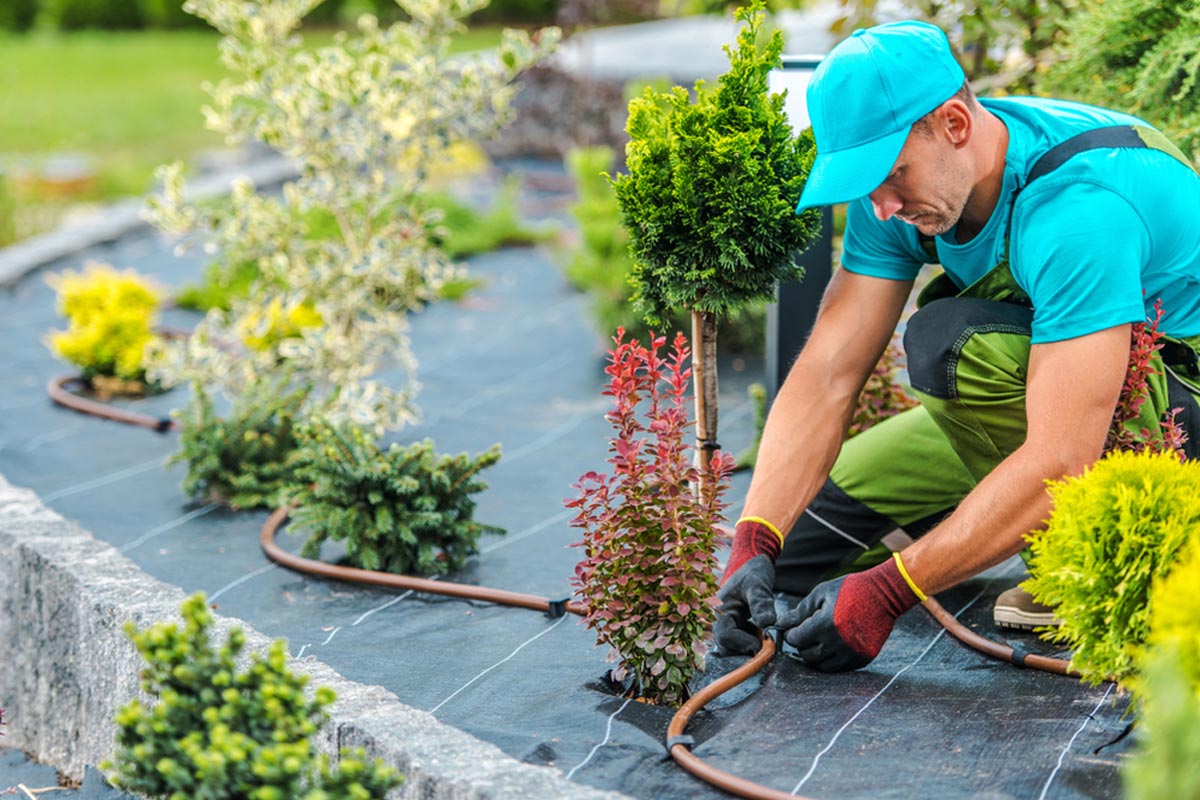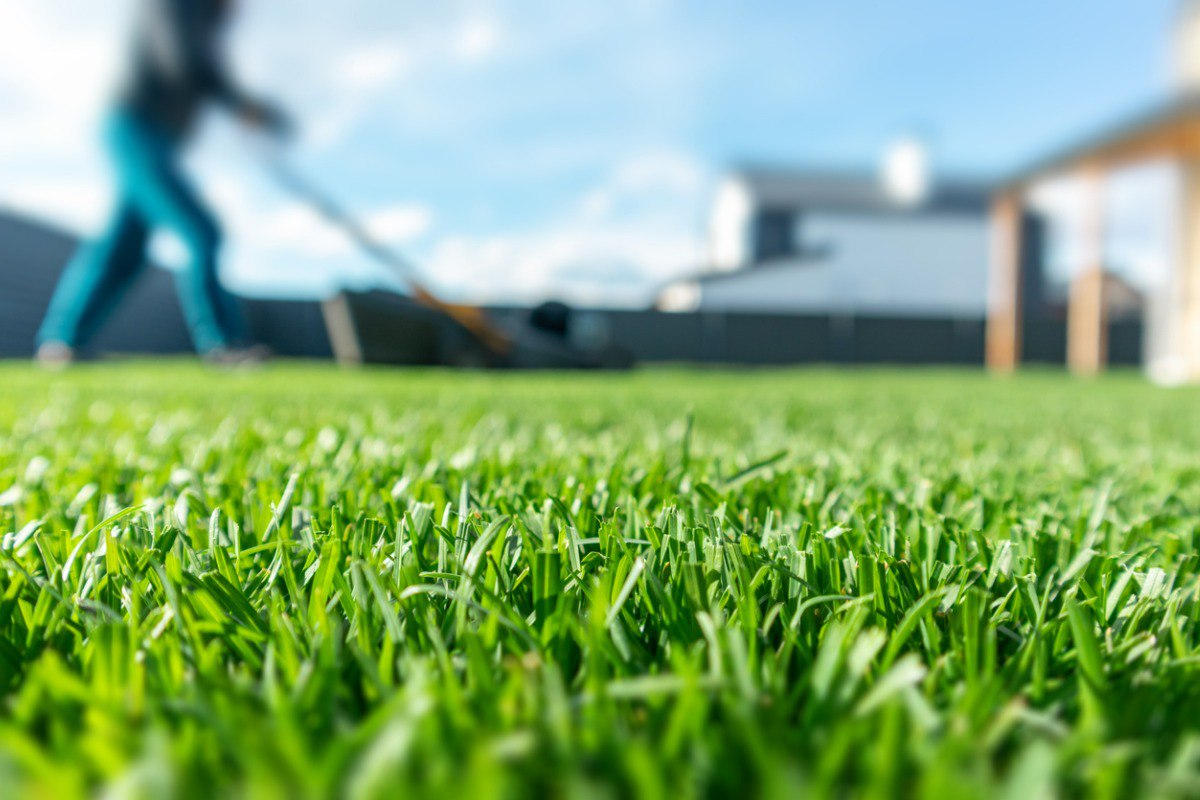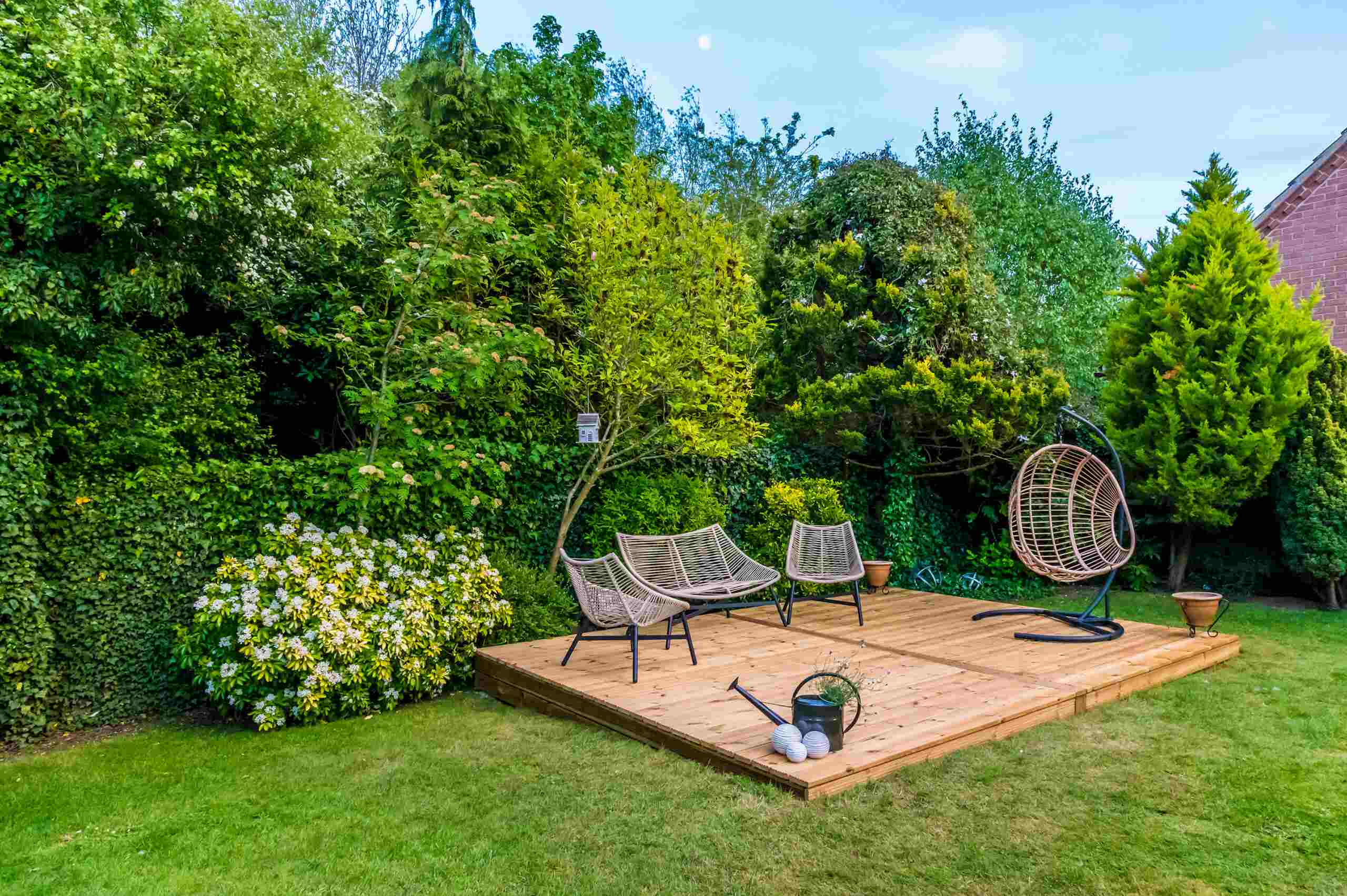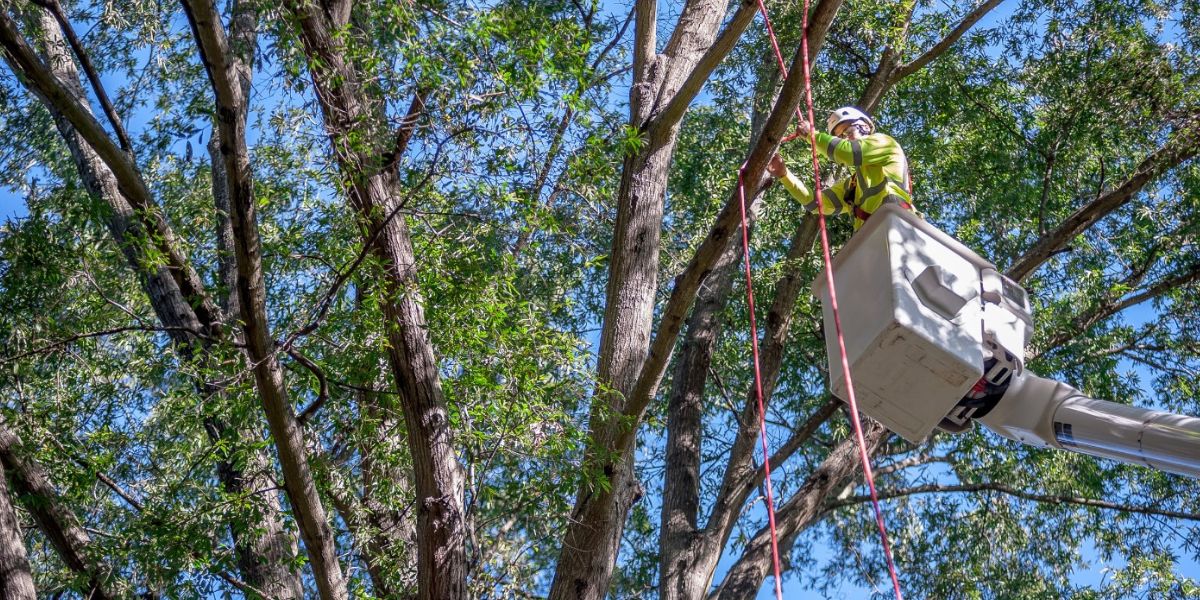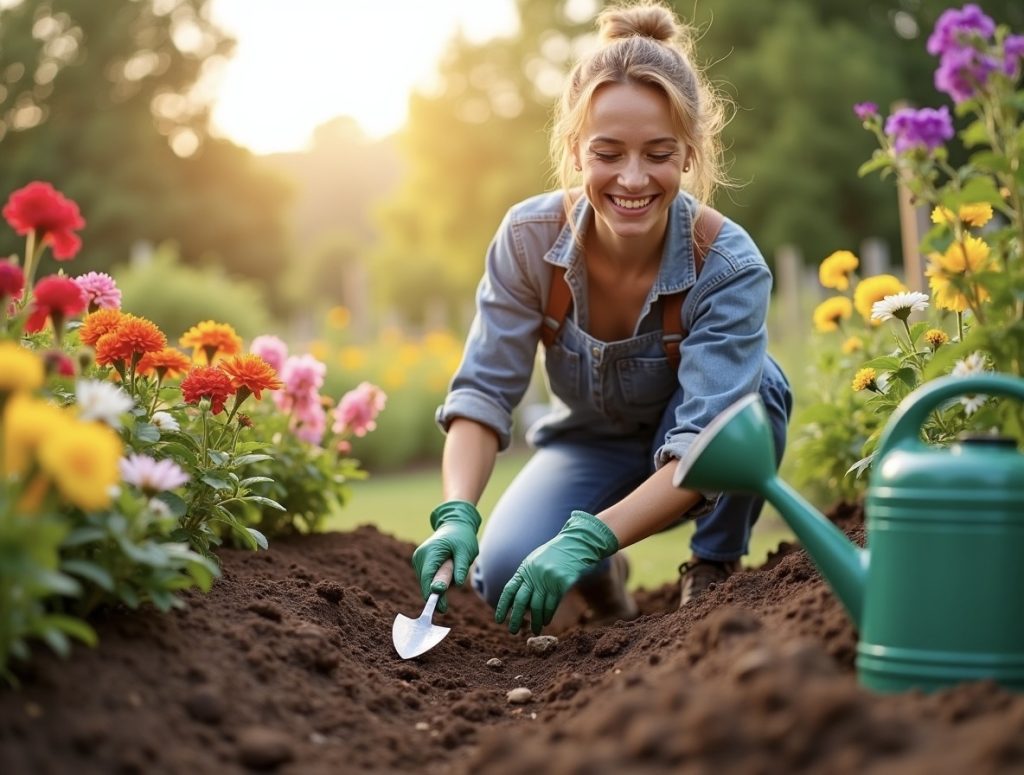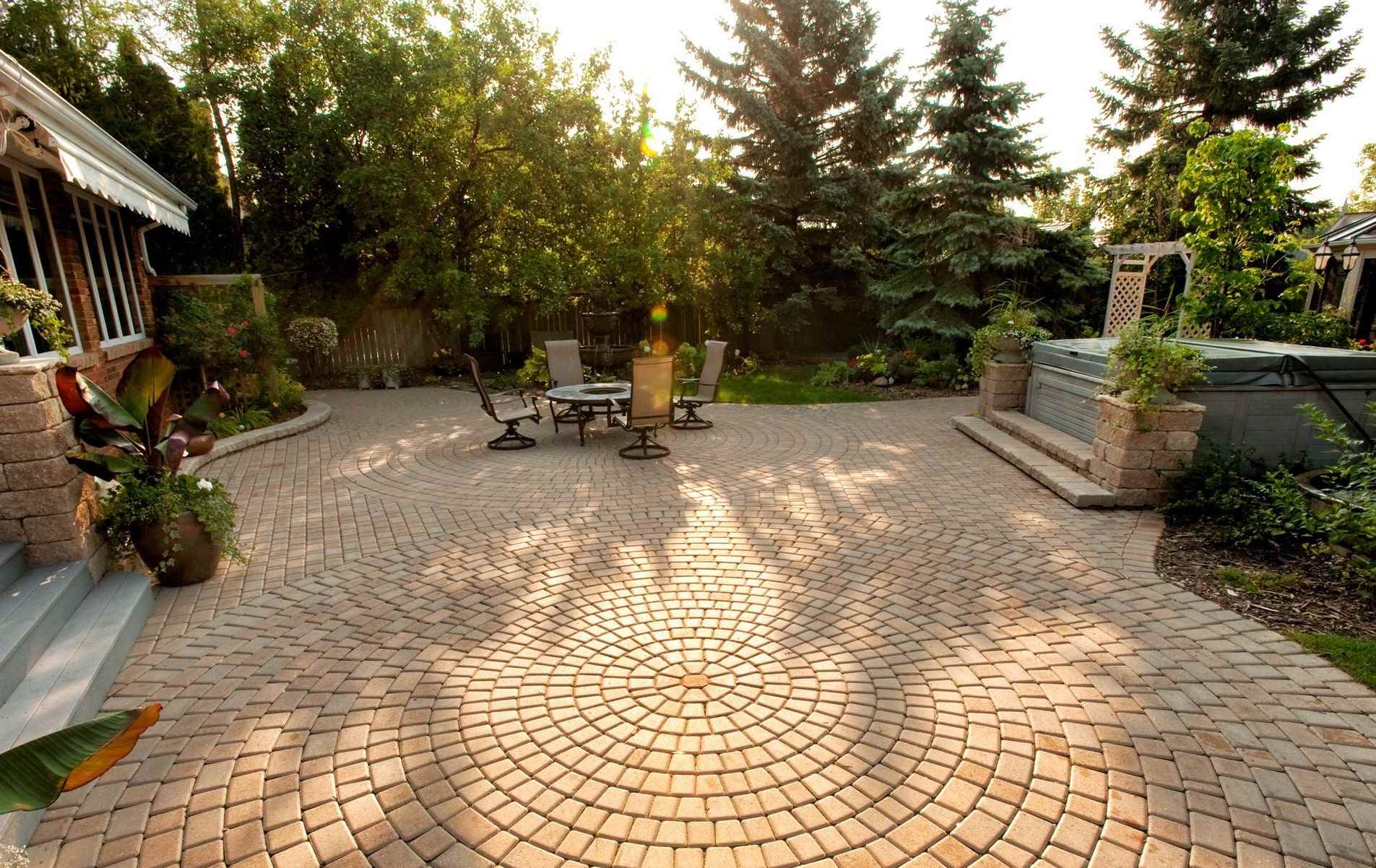Home>Gardening Basics>Understanding Soil>How Much Does A Truckload Of Topsoil Cost
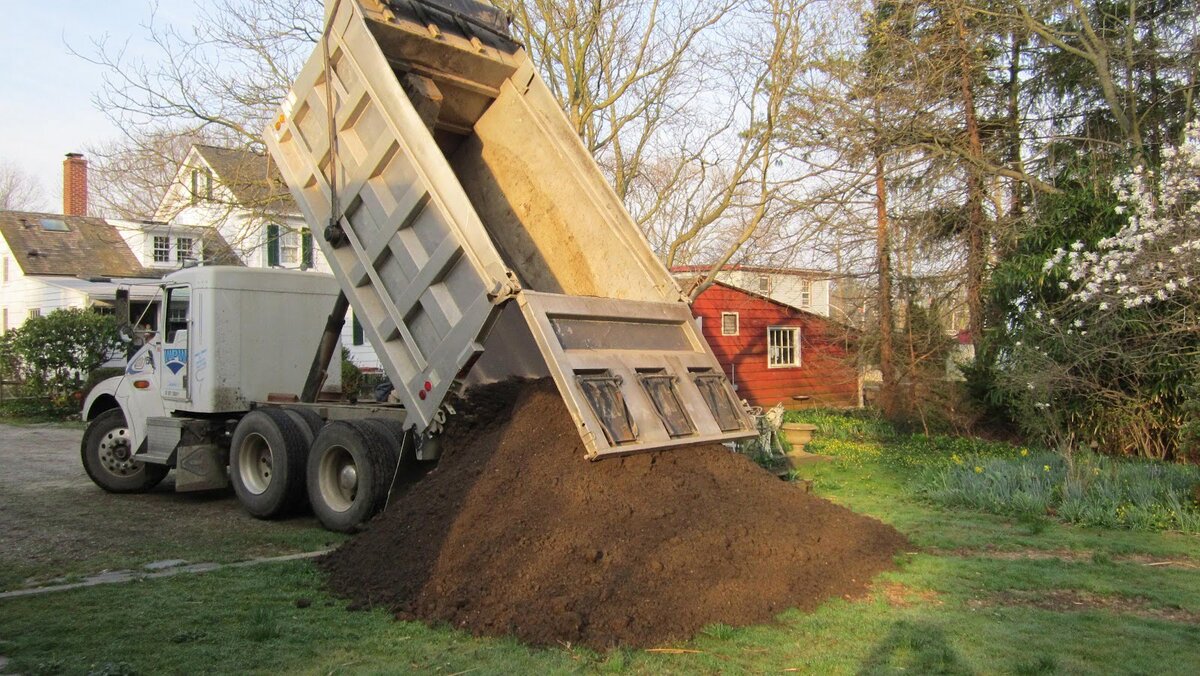

Understanding Soil
How Much Does A Truckload Of Topsoil Cost
Published: November 21, 2023
Looking to understand soil better? Discover the cost of a truckload of topsoil and get valuable insights into different soil types and their benefits for your landscaping projects.
(Many of the links in this article redirect to a specific reviewed product. Your purchase of these products through affiliate links helps to generate commission for Chicagolandgardening.com, at no extra cost. Learn more)
Table of Contents
Introduction
Welcome to our comprehensive guide on understanding soil! Soil is an essential component of our planet’s ecosystem, playing a crucial role in supporting plant growth, providing nutrients, and acting as a habitat for countless organisms. Whether you are a gardening enthusiast, a landscaping professional, or just curious about the world beneath your feet, having a deep understanding of soil is the foundation for successful cultivation and a thriving environment.
In this article, we will delve into the fascinating world of soil, exploring its composition, types, and the factors that contribute to its health and fertility. We will discuss the importance of pH levels, organic matter, and nutrient balance, and how they influence plant growth and overall soil quality. Additionally, we will provide valuable tips for optimizing soil conditions and maintaining a healthy soil ecosystem.
A thorough understanding of soil is crucial for various applications, including agriculture, gardening, landscaping, and land management. By learning about the different soil types and their characteristics, you can make informed decisions about suitable crops, landscaping techniques, and soil amendments. Whether you are planning a vegetable garden, implementing erosion control measures, or simply appreciating the wonders of nature, a solid knowledge of soil science is essential.
Throughout this guide, we will strive to present the information in an engaging and accessible manner, combining scientific knowledge with practical tips and real-life examples. So, whether you are a seasoned horticulturist, a beginner gardener, or someone with a general interest in the natural world, this article aims to equip you with the knowledge and tools to make the most of your soil and create a thriving environment.
Join us on this journey of exploration as we dive deep into the world of soil, uncovering its secrets, unraveling its mysteries, and discovering the immense importance of this humble and often overlooked resource. Let’s dig in!
Factors Affecting Topsoil Cost
When it comes to purchasing topsoil, there are several factors that can impact the overall cost. By understanding these factors, you can make informed decisions and budget accordingly. Let’s explore the key factors that affect topsoil cost:
- Quality of Topsoil: The quality of topsoil can greatly determine its cost. High-quality topsoil that is rich in organic matter and nutrients will often be pricier compared to lower-quality options. So, it’s important to assess the quality of the topsoil before making a purchase.
- Quantity Purchased: The amount of topsoil you require will directly impact the cost. Bulk purchases, such as buying topsoil by the truckload or in larger quantities, are often more cost-effective than buying smaller quantities or bags.
- Source and Location: The source and location of the topsoil can influence its cost. Topsoil produced locally or sourced nearby may be more affordable due to reduced transportation costs. On the other hand, if you require specialized topsoil that needs to be sourced from a specific location, it may be more expensive.
- Additives and Amendments: If you require additional additives or amendments, such as compost, mulch, or specific soil conditioners, these can add to the overall cost of the topsoil. These additives are often crucial for improving the soil’s fertility and structure.
- Delivery Options: The method of delivery can affect the cost as well. Some suppliers may include delivery charges in the overall cost, while others may have separate fees based on the distance or time required for delivery. It’s essential to consider delivery options and associated costs when budgeting for topsoil.
By considering these factors and assessing your specific needs, you can effectively determine the cost of purchasing topsoil. It’s important to remember that while cost is a significant factor, ensuring the quality and suitability of the topsoil for your intended use is equally important. It’s worth investing in high-quality topsoil that will provide the necessary nutrients and support healthy plant growth.
Average Price of Topsoil
The cost of topsoil can vary depending on various factors such as location, quality, and quantity. On average, the price of topsoil ranges from $10 to $60 per cubic yard. However, it’s essential to note that prices can fluctuate based on regional variations and market conditions. Let’s take a closer look at the average price of topsoil:
- Low-Grade Topsoil: Low-grade topsoil, which contains minimal organic matter and nutrients, is generally the most affordable option. It is commonly priced around $10 to $20 per cubic yard. This type of topsoil is suitable for filling holes or low-budget landscaping projects where nutrient-rich soil is not a primary concern.
- Standard-Grade Topsoil: Standard-grade topsoil, with a decent nutrient content and organic matter, typically ranges from $20 to $40 per cubic yard. This is the most common topsoil used for general gardening, landscaping, and lawn establishment.
- High-Grade Topsoil: High-grade topsoil, which is rich in organic matter and nutrients, is the most expensive option. Prices can range from $40 to $60 per cubic yard. This premium topsoil is often used for specialized gardening projects, vegetable gardens, and areas where optimal soil fertility is crucial.
It’s important to remember that these price ranges are approximate and can vary based on location, supplier, and additional factors mentioned earlier. It’s advisable to research and compare prices from different suppliers to find the best deal without compromising on quality.
When purchasing topsoil, be cautious of extremely low prices as it may be an indication of poor quality or deceptive selling practices. Opting for topsoil from reputable suppliers with positive customer reviews and certifications ensures that you receive a quality product.
Lastly, keep in mind that purchasing topsoil in bulk, such as in truckloads, can often result in cost savings compared to buying smaller quantities or bags. With careful planning and consideration of your specific needs, you can find topsoil that meets your requirements without breaking the bank.
Cost of Topsoil Delivery
When purchasing topsoil, it’s important to consider the cost of delivery as it can significantly impact the overall expenses. The exact cost of topsoil delivery depends on various factors such as distance, quantity, and accessibility. Let’s explore the common factors that influence the cost of topsoil delivery:
- Distance: The distance between the topsoil supplier and your location plays a crucial role in determining the delivery cost. The farther the distance, the higher the transportation expenses. Suppliers may charge per mile or have a fixed rate based on distance brackets.
- Quantity: The amount of topsoil you order can also impact the delivery cost. Some suppliers may charge separate delivery fees for each load of topsoil, while others may have a flat rate for a specific quantity. It’s important to clarify the delivery costs based on the amount of topsoil you require.
- Accessibility: The accessibility of your property can affect the delivery cost. If your property has challenging terrain, narrow gates, or obstacles that require special equipment or additional effort to deliver the topsoil, it may incur higher delivery charges.
- Delivery Method: The method of delivery can influence the cost as well. Different suppliers may have different options, such as dump trucks, conveyor belts, or pneumatic blowers. Each method comes with its own set of costs, which are typically factored into the total delivery fees.
The cost of topsoil delivery can range from around $50 to $150 or more, depending on these factors. It’s important to request quotes from different suppliers and compare the delivery charges along with the price of the topsoil itself.
Some suppliers may offer free or discounted delivery for bulk purchases or for orders exceeding a specific quantity. It’s worthwhile to inquire about any ongoing promotions or discounts related to delivery costs.
When scheduling the delivery, be sure to communicate your specific requirements and any potential delivery challenges upfront to avoid unexpected extra charges. Providing accurate information about the location, accessibility, and any specific delivery instructions will help the supplier provide an accurate quote and ensure a smooth delivery process.
By factoring in the cost of topsoil delivery from the beginning, you can budget effectively and avoid any surprises when it comes time to place your order.
Additional Costs for Topsoil Installation
When planning to install topsoil, it’s important to consider the additional costs associated with the preparation and application process. These costs can vary depending on the scope and complexity of the project. Let’s explore some common additional costs that may arise during topsoil installation:
- Site Preparation: Before topsoil can be applied, the site may require preparation such as clearing vegetation, grading the land, or removing rocks and debris. The cost of site preparation depends on the size of the area and the amount of work needed. It’s advisable to budget for site preparation to ensure a smooth installation process.
- Equipment Rental: Depending on the scale of your project, you may need to rent equipment such as a skid steer, tractor, or tiller to spread and level the topsoil effectively. Equipment rental costs can vary, so it’s important to factor them into your budget if necessary.
- Labor Costs: If you choose to hire professionals for topsoil installation, labor costs will be an additional expense. The cost of labor can vary depending on the region, the complexity of the project, and the experience of the workers. Obtaining multiple quotes from reputable contractors can help you estimate the labor costs involved.
- Soil Amendments and Fertilizers: Depending on the condition of your existing soil and the specific requirements of the plants you plan to grow, you may need to incorporate soil amendments and fertilizers into the topsoil. These additional products can contribute to the overall cost of topsoil installation. It’s important to consider the specific needs of your plants and budget for any necessary amendments.
It’s essential to assess your individual project requirements and determine if any of these additional costs apply to your situation. Proper planning and budgeting for these additional expenses can help ensure a successful installation process and optimal plant growth.
Keep in mind that while some of these costs may seem like added expenses, investing in proper site preparation, equipment, and amendments can contribute to the long-term health and fertility of your soil. It’s important to strike a balance between managing costs and providing the ideal conditions for your plants to thrive.
By considering these additional costs and including them in your budget, you can better plan and prepare for the installation of topsoil, creating a solid foundation for successful gardening or landscaping endeavors.
Tips for Saving Money on Topsoil
Purchasing topsoil doesn’t have to break the bank. With a little planning and some savvy decision-making, you can save money while still getting quality topsoil for your gardening or landscaping projects. Here are some tips to help you save money on topsoil:
- Buy in Bulk: Purchasing topsoil in larger quantities, such as by the truckload or in bulk, is often more cost-effective than buying smaller amounts. Bulk purchases usually come with lower per-unit prices and can save you money in the long run. Consider coordinating with neighbors or friends to make a joint purchase if you don’t require a large quantity on your own.
- Compare Prices: Don’t settle for the first supplier you come across. Take the time to research and compare prices from different topsoil suppliers in your area. Request quotes, consider the cost of delivery, and evaluate the quality of the topsoil they offer. By comparing prices, you can find the best deal without compromising on the quality of the topsoil.
- Consider Local Sources: Look for topsoil suppliers that source their products locally. Local suppliers are likely to have lower transportation costs, which can translate into more affordable prices for consumers. Additionally, local topsoil is often well-suited to the specific climate and soil conditions of your area.
- Reuse or Recycle: Before purchasing new topsoil, consider if there are any opportunities to reuse or recycle existing soil on your property. You can rejuvenate and improve the quality of existing soil by incorporating compost, mulch, or organic matter. This can help reduce the amount of new topsoil you need to buy, saving you money in the process.
- Consider Mixes or Blends: Instead of purchasing pure topsoil, consider using topsoil mixes or blends. These blends often combine topsoil with other materials such as compost, sand, or peat moss. They can be more cost-effective while still providing the necessary nutrients and soil structure for your plants.
- DIY Installation: If you have the time and resources, consider installing the topsoil yourself instead of hiring professionals. By doing the labor yourself, you can save on labor costs. However, be sure to properly prepare the site, level the topsoil, and follow proper installation techniques for optimal results.
By implementing these money-saving tips, you can make the most of your budget while still obtaining quality topsoil for your gardening or landscaping projects. Remember, it’s important to strike a balance between saving money and ensuring the suitability and quality of the topsoil for your specific needs.
With careful planning, research, and consideration, you can find affordable topsoil options that meet your requirements, allowing you to create a healthy and thriving environment for your plants.
Conclusion
Understanding soil is fundamental to successful gardening, landscaping, and land management. By gaining insight into the composition, types, and factors affecting soil health, you can make informed decisions that lead to thriving plants and a sustainable environment.
In this comprehensive guide, we have explored the various aspects of soil, from its importance in supporting plant growth to the factors that impact topsoil cost. We have discussed the average prices of topsoil, the additional costs associated with its installation, and provided valuable tips for saving money on topsoil purchases.
Topsoil quality, quantity, source, and delivery options are important factors to consider when budgeting for topsoil. It is essential to buy topsoil that meets your specific needs while ensuring its quality and suitability for your intended use.
By understanding the additional costs involved in topsoil installation, such as site preparation, labor, and amendments, you can properly plan your budget and make informed decisions about your project.
Furthermore, we have provided helpful tips to save money on topsoil purchases, such as buying in bulk, comparing prices, considering local sources, recycling existing soil, and exploring DIY installation options.
Remember, healthy soil is the foundation for successful plant growth and a thriving environment. By nurturing and maintaining your soil, you can enjoy beautiful gardens, lush landscapes, and sustainable land management practices.
We hope this guide has equipped you with the knowledge and tools to make informed decisions about soil and topsoil. By implementing the tips and information provided, you can create an environment where your plants can thrive, while also keeping your budget in check.
So, whether you are planning a vegetable garden, a flower bed, or a large-scale landscaping project, remember the importance of understanding soil and making wise choices when it comes to topsoil. Here’s to your success in creating a healthy and vibrant ecosystem!
